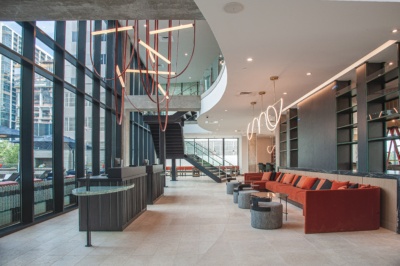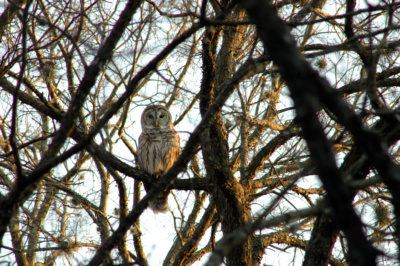The best tripod
Many people ask what is the best tripod for my needs. First, a tripod is an essential tool for anyone even the amateur photographer.
Choosing a one can be an overwhelming experience, given how many different types and choices we are presented with. On one hand, a tripod is a very simple tool to keep our cameras steady when we use them in challenging light conditions. On the other hand, there are so many different variables that come into play when choosing: How tall should it be? How light should it be? How stable should it be? What kind of weight can it support? How much should I spend ?.
So, what is the purpose of a tripod? You might need a tripod for some or all of the following reasons:
- To increase sharpness and depth of field in your images by keeping the camera still in low-light environments when using slow shutter speeds.
- To rest heavy camera gear such as long telephoto lenses on the tripod.
- To increase the quality of the images by keeping the camera ISO low.
- To allow more careful composition, while framing the shot exactly how you want it.
- To shoot HDR and panoramic shots that require exactly the same framing and precision.
- To photograph nighttime objects such as the Moon, planets, stars, etc. as well as painting with light or using available light for landscape and architectural photography.
- To do self-portraits with a camera timer.
- To shoot extreme close-ups/macro (flowers, insects, etc).
- To hold various objects such as flashes, reflectors, etc.
- To shoot at difficult or impossible (hand-held) angles.
- To shoot vibration-free videos or do smooth pans and tilts in video.
Shooting sunrises and sunsets can be quite challenging, especially when the light conditions are far from ideal. Thanks to image-stabilized lenses and now cameras with excellent built-in image stabilization, the use of a tripod for most types of photography is not necessary when shooting in daylight conditions.
However, some photographers still prefer to use a tripod, as it allows them to keep the camera ISO as low as possible, which not only keeps the amount of noise in images to a minimum but also provides the highest dynamic range the camera sensor can capture. In addition, a tripod can help in proper framing of a subject and allow to capture panoramic and HDR images.
Lastly, there are situations where one must use the best tripod in order to slow down and blur action, such as when photographing streams and waterfalls. Therefore, if you are into landscape photography, a good tripod is a must-have tool in the field.
Here are some example of images where I used a tripod. Or check out this link. https://charlottebell.com/profession-portrait/


